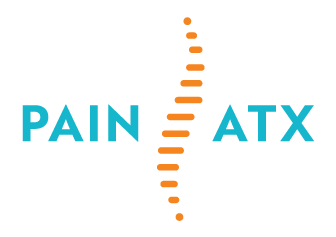Proper Body Mechanics vs Back, Neck, Shoulder, and Arm pain
“My neck feels stiff,”
“Did you sleep in a weird position?”
I think most of us have faced similar situations in which we sleep in an odd position, and the next day our body seems to be a bit off.
But why does this happen?
Proper body mechanics is a term used that describes how we move our bodies throughout the day. Proper body mechanics includes how we hold our bodies when we lift, stand, walk, drive, and even sleep! Poor body mechanics and incorrect postures can cause different types of pain throughout our bodies like in the neck, shoulder, arm, and, most commonly, back problems and back pain. Back pain occurs when we move our body incorrectly or unsafely; the spine becomes subjected to abnormal and extra stress that leads to degeneration of the spinal structure like the discs and joints, along with wear and tear.
Learning and being aware of proper body mechanics and posture is essential for our health and well-being. The following chart lists some “DO” and “DON’T” regarding the simple proper body mechanics mentioned earlier. Take a look!
Lifting the proper way:
Do
- Bend with your knees
- Lift with your legs and hold objects to your body
- Lift objects chest-high
- Stand on a stool if necessary
- Ask for help if the load is heavy
- Plan to avoid sudden load shifts
- Be sure of footing
Don’t
- Bend with your back
- Bend over with legs straight
- Twist while lifting
- Lift above shoulder level
Standing/Walking Body Mechanics:
Do
- Stand with one foot up
- Change position often
- Stand with three natural curves in alignment
- Walk with good posture
- Wear comfortable, low-heeled shoes
Don’t
- Stand in one position too long
- Bend forward without bending legs
- Walk with poor or platform shoes when standing or walking for long periods.

Driving Body Mechanics
Do
- Move car seat forward to keep knees level with hips
- Sit straight
- Drive with both hands on the wheel
- Place lumbar support or rolled-up towel behind your back
Don’t
- Drive sitting far back from the wheel
- Stretch legs for pedals and arms for wheel. Stretching will decrease low back curve and produce strain

Sitting Body Mechanics:
Do
- Sit in chair low enough to place both feet flat on the floor with knees level with hips
- Sit firmly against the back of your chair
- Protect your lower back with lumbar support or rolled-up towel
Don’t
- Slump
- Sit in a chair too high or too far from your desk
- Lean forward and arch your back.

Sleeping Body Mechanics:
Do
- Sleep on a firm mattress
- Sleep on your side with your knees bent or on your back with a pillow under your knees
- Choose the position that feels more comfortable to you
Don’t
- Sleep or lounge on soft, sagging, non-supporting mattresses or cushions
- Sleeping on your stomach can result in swayback and back pain
We try not to get injured, but sometimes it happens. With our same-day consultations, we can help when those unexpected injuries happen so you can get back to your life.
Austin Spine & Wellness Center is here for you. Call or Text Us





